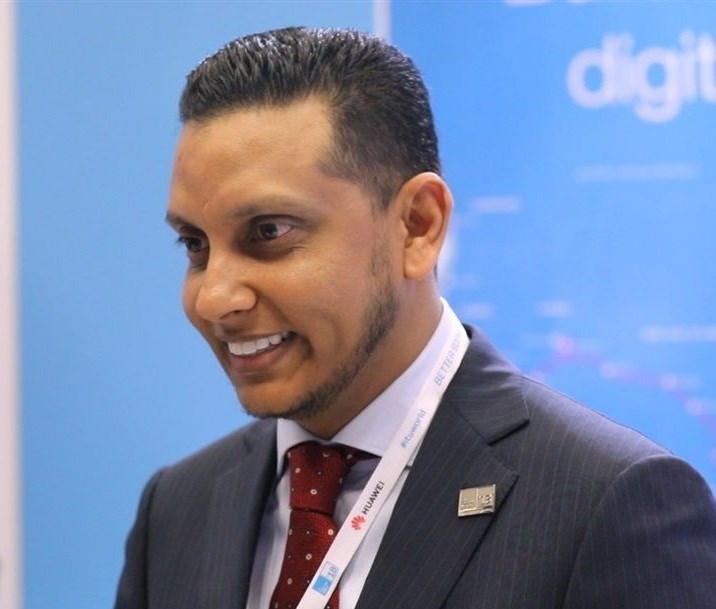
Top stories




With Africa’s population set to increase from around 1.3 billion in 2018 to 1.7 billion in 2030, both challenges and opportunities are presented with regards managing issues including food production and security pose, as well the utilisation of limited natural resources in a sustainable manner.
Water scarcity and quality, for example, are realities that negatively impact health, food production and security. Population growth rates and climatic changes place an exponential demand on this scarce and dwindling resource. These are just some of the sustainability challenges facing not just the African continent, but other developing nations and the world as a whole.
In addition to this, the demand for the delivery of basic services as health care and sanitation also increases.
Against this background of African population growth lies the grim projection that Africa will account for more than 50% of child deaths (under 5) by 2030, while each day, nearly 1,000 children die owing to preventable water and sanitation-related diarrheal diseases according to the UNICEF 2017 trends in child mortality report. It’s an alarming fact, given that while some 2.6-billion people have gained access to improved drinking water sources since 1990, 663-million people still do not have access.
It is for these reasons and other socio-economic and environmental concerns that the United Nations has established its Sustainable Development Goals strategy, addressing the global challenges we face, including those related to poverty, inequality, climate, and environmental degradation.
Smarter ways need to be looked at that leverage technology in order to address these challenges. The situation requires a radical response that delivers a proactive, predictive and data-driven approach to addressing these issues with exponentially growing levels of speed and impact.
The IoT ecosystem, comprising of sensors, connectivity, data analytics and workflow automation platforms, and applications are at the core of acquiring, analyzing and harnessing the insights that can be integrated into agriculture, service delivery, health and resource management processer – IoT is at the core of a digitization
One such sector which has benefited immensely from technology is in agriculture pest control, with the implementation of AI and IoT by Spanish startup AgroPestAlert. The innovation makes use of “smart” traps that capture insects and analyse their wing beats to identify their species and even their sex. Placed throughout the fields, the traps communicate with the system to predict an imminent invasion. The system will send alerts to phones, tablets and computers and use an easy-to-understand visual tool to cue farmers instantly.
Around 200 million Africans use approximately one million manual pumps across the continent to manually access clean drinking water.
IoT applications have been utilised in assuring the delivery of water through manual these pumps, According to estimates, at least one-third of those pumps will break down at least once in its lifecycle, and up to 70% will break in the second year of operation. The impact of not having access to clean drinking water is dehydration or waterborne pandemics.
In the Kenyan Region of Kyusoa, Oxford University began a proof of concept project in 2013, which made use of motion sensors) to capture the movements of the pumps’ handle which was transmitted and analysed in real time. A decision support system based on real data was used to predict pump malfunctions, allowing for a better planning and shortening the time needed to repair broken pumps, or avoiding malfunctions altogether, directly improving the access to clean drinking water for the rural population.
Liquid Telecom realises that the future of sustainability lies in technology and innovations such as IoT. We provide high-speed fibre connectivity to interconnect as well as access platforms to build IoT solutions, in addition to access to Microsoft Azure suite of platforms for analytics and algorithm-driven based processing and execution. Our Pan African network enables collaboration and cross-border innovation and learning, fast well as the capability to efficiently scale out these solutions on Africa’s Liquid Cloud.